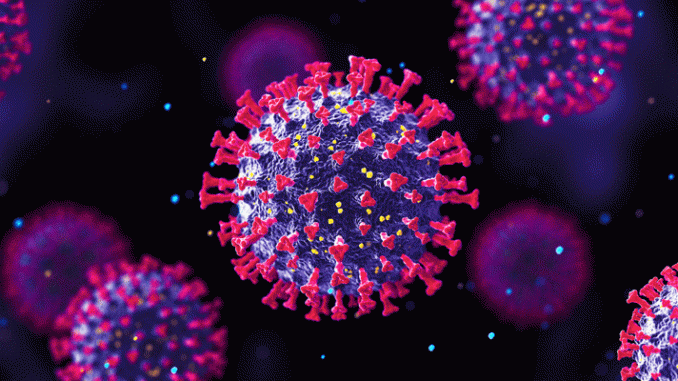
On March 22, the World Health Organization (WHO) announced that the new BA.2 COVID-19 variant was officially the dominant form of SARS-CoV-2.
According to the U.S. Center for Disease Control and Prevention (CDC), the BA.2 variant which is considered a “sublineage” of the Omicron variant, has almost doubled each week of March.
This new variant comes after the BA.1 variant which sparked a global resurgence of positive COVID-19 cases in the past few months. The only difference being that BA.2 is 30%-50% more contagious than BA.1.
Hudson Valley One reported that Ulster County had seen 50 new positive COVID-19 cases per day during the last week of March, around the same time that the WHO announced the new variants’ dominance, becoming Ulster County’s highest positive case total since January
“In the likeliest scenario, BA.1, BA.2 and a third Omicron subvariant that never took off — BA.3 — evolved over the course of chronic infections in a small population of immune-compromised people,” writes Charles Schmidt of the Scientific American.
As of April 5, the BA.2 subvariant accounts for 72% of all new COVID-19 cases — a 23% increase since the previous CDC estimate a week prior.
Health experts like Dr. Christopher Murray, a professor of health metrics sciences at the University of Washington and the director of the Institute for Health Metrics and Evaluation says there is no cause for alarm. Despite all of this, U.S COVID-19 cases are at a six-month low.
Dr. Jessica Justman, an epidemiologist at Columbia University’s Mailman School of Public Health says that while the BA.2 variant has become dominant, overall COVID-19 cases are still decreasing, showing that the two trends of transmissibility and case increase may not be correlated.
CNN Health says that if this continues it will be the first occurence of a viral strain taking over in the U.S. without causing an increase of overall COVID-19 cases.
However, this trend was not seen in other countries, the UK, some European countries and parts of Canada, saw the arrival of BA.2 coincide with a new wave of cases and hospitalizations.
“What you’re seeing in Europe may be resulting from the fact that they lifted their restrictions early, not so much that it’s BA.2 that’s there,” says Andy Pekosz, who is studying viruses at Johns Hopkins University. Adding that, “many European countries dropped some precautions when there was already a lot of virus circulating. He says cases in the U.S. were coming down faster and fell farther before BA.2 outgrew its Omicron cousin here.”
Associate Professor of medicine in infectious disease at Northwestern, Dr. Michael Angarone said, “We’re still trying to figure out why we are seeing this rising number of cases in some of these countries in Europe and that is because there’s something markedly different about the virus.”
“I don’t know if we, right now, know the particular features that are distinct for BA.2 versus BA.1. I mean, for BA.1, we knew that it was mostly an upper respiratory-type infection rather than the lower respiratory infections that can lead toward pneumonia and further and greater complications,” added Dr. Angarone.
As of April 6, the SUNY New Paltz campus has six active student cases and two active employee cases — a four case decrease from the previous week. 322 tests have been administered during the week of April 6, with a 1.6% seven day positivity rate.

